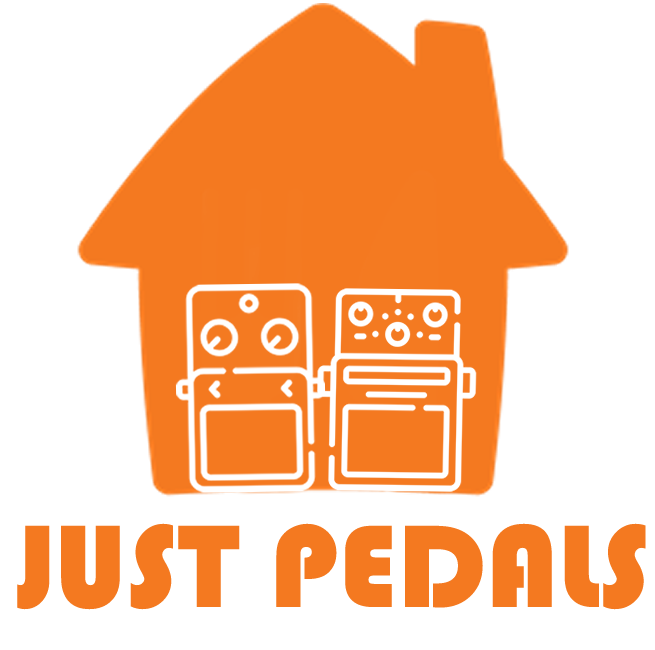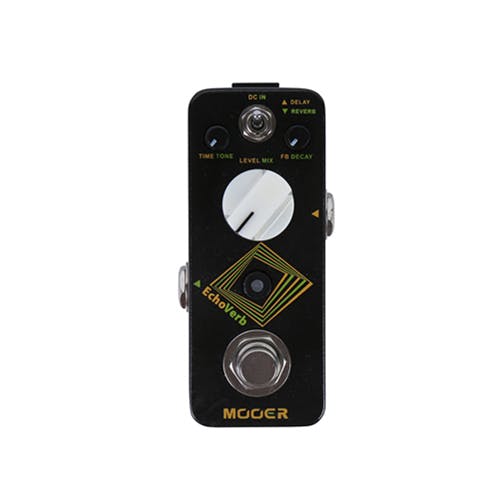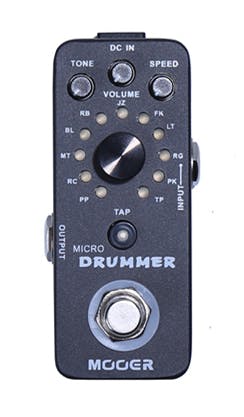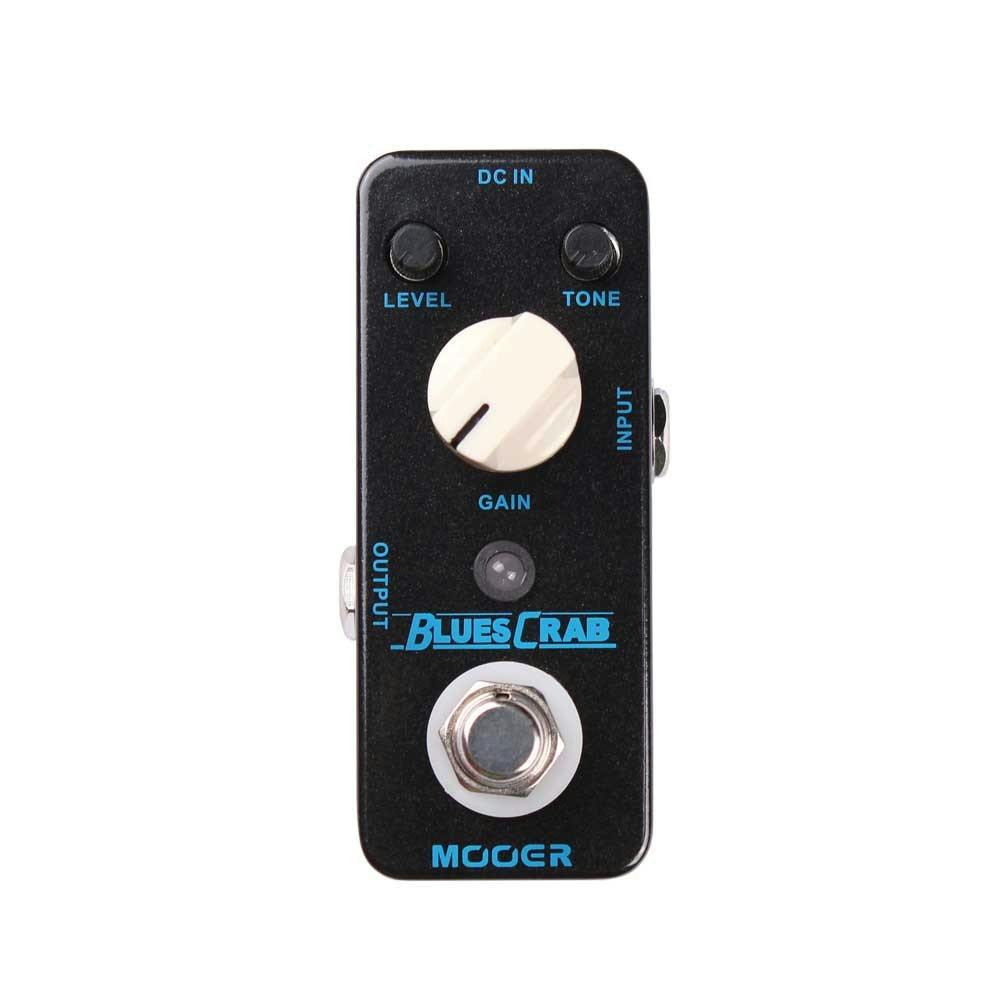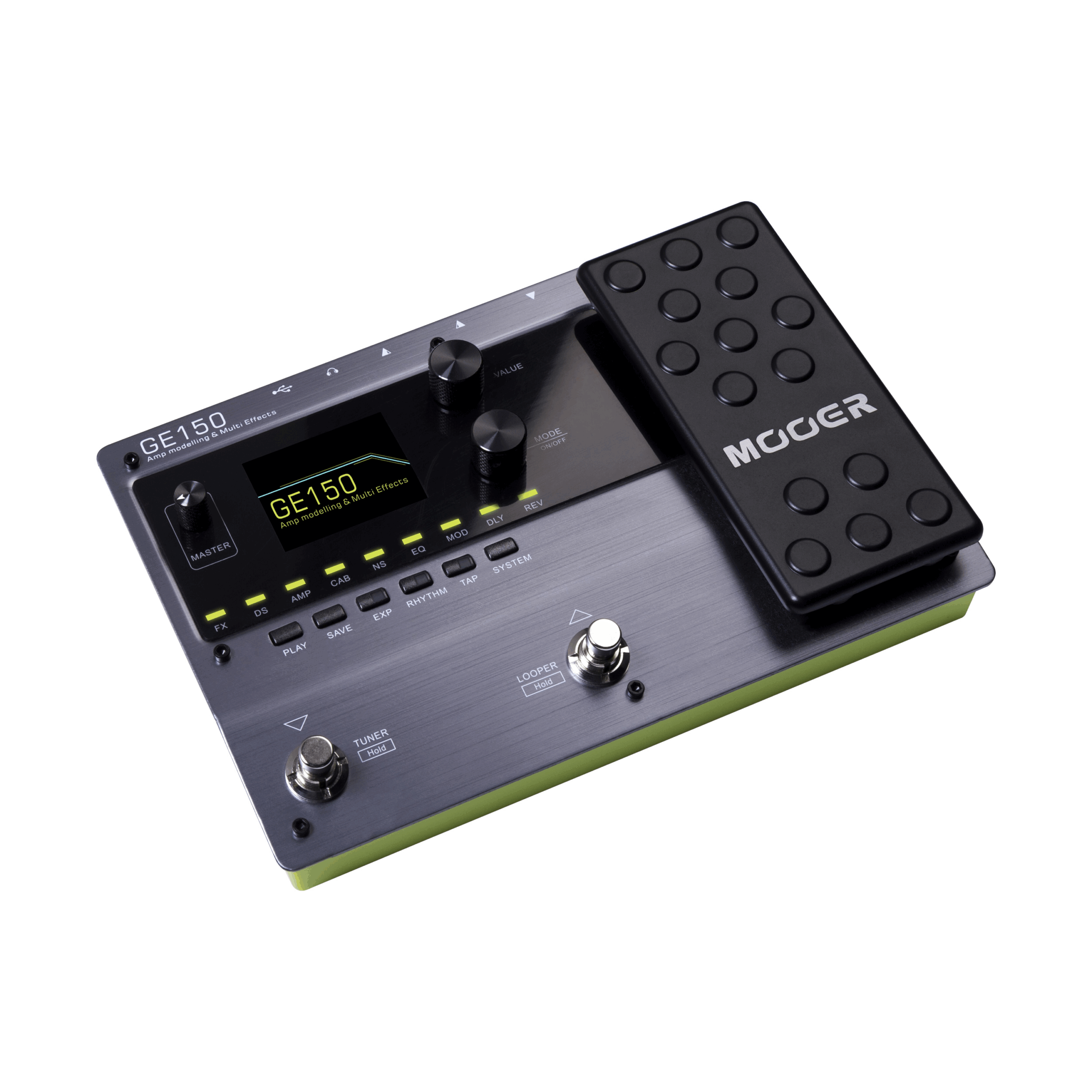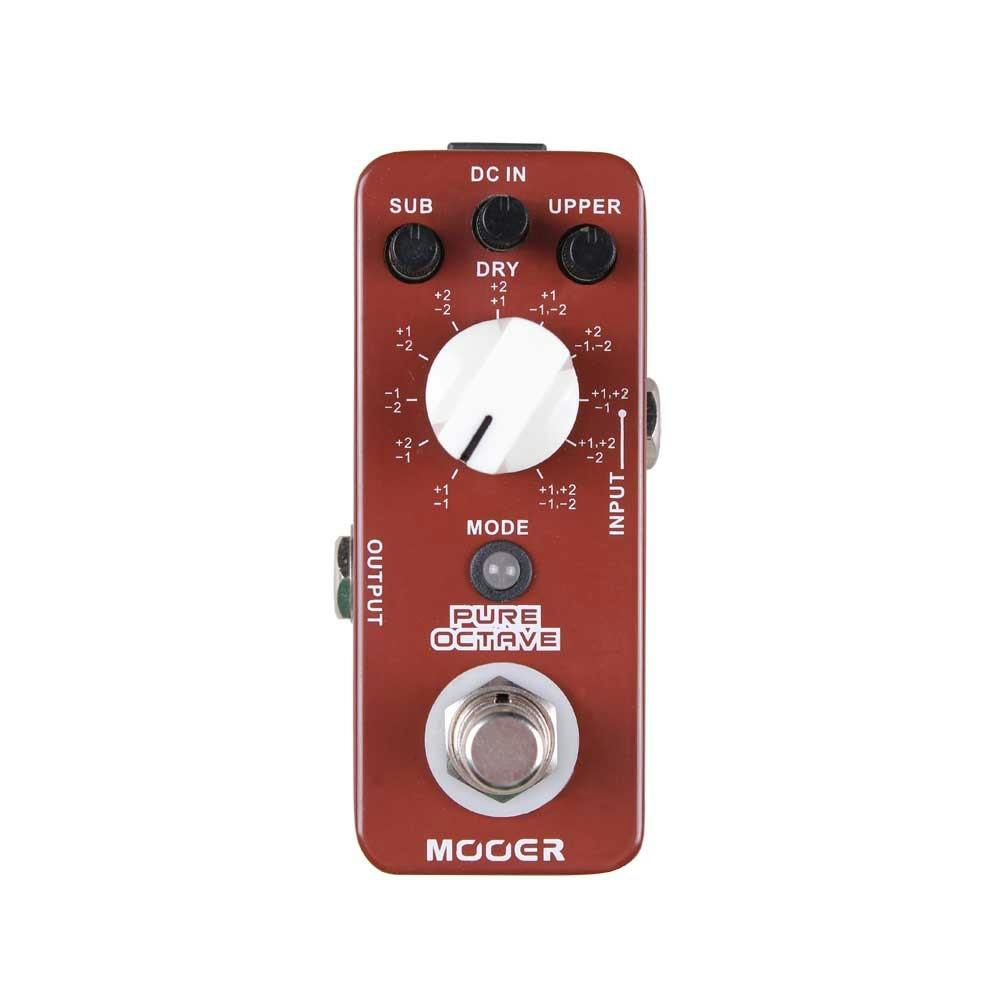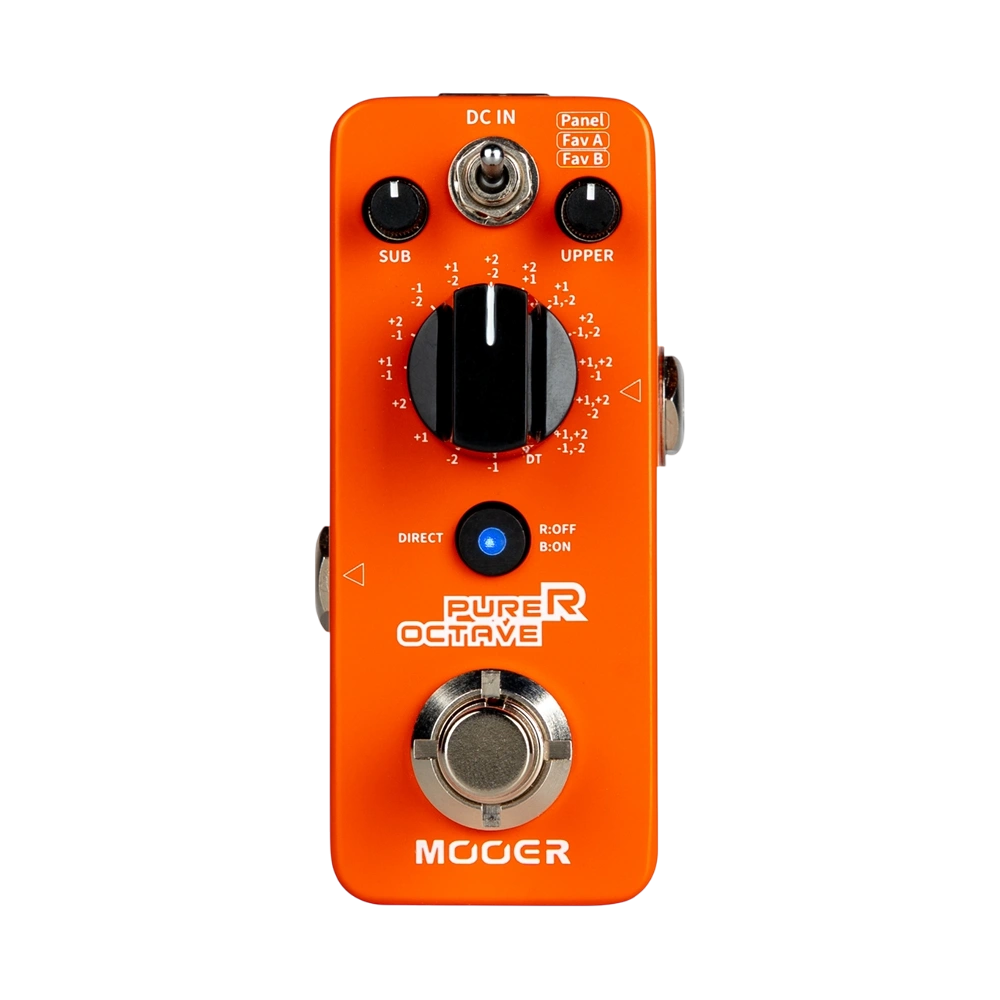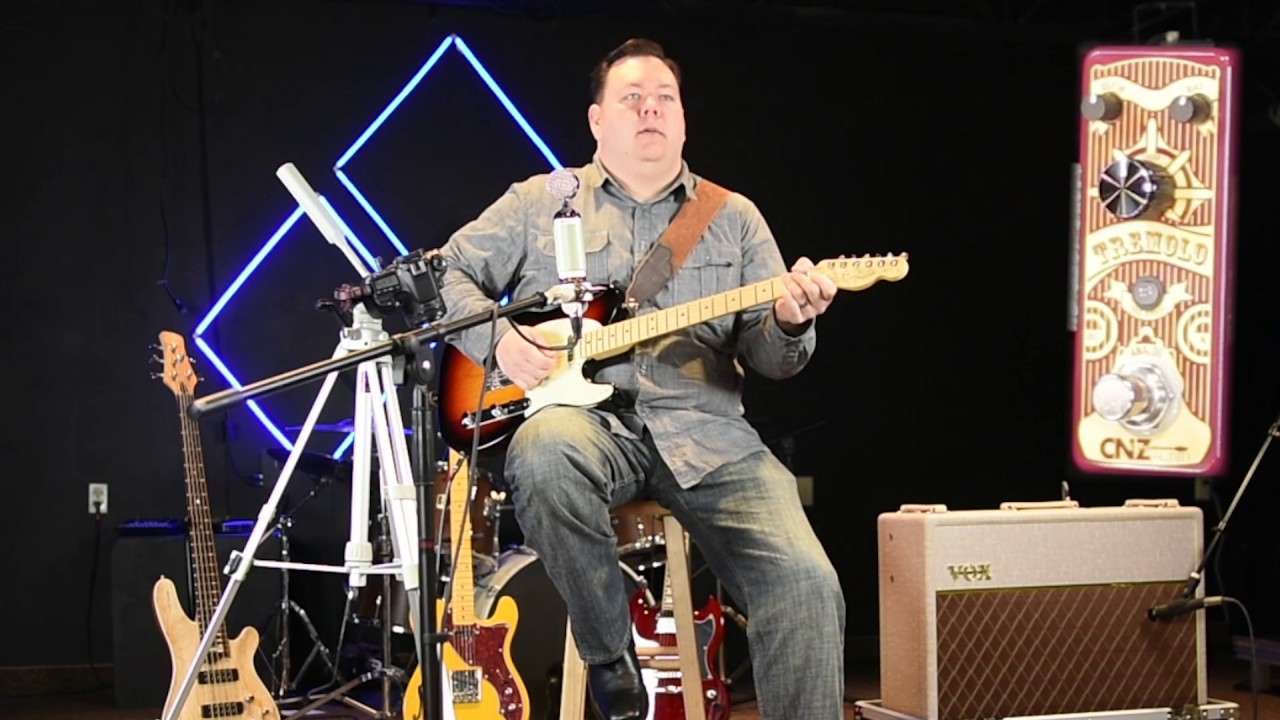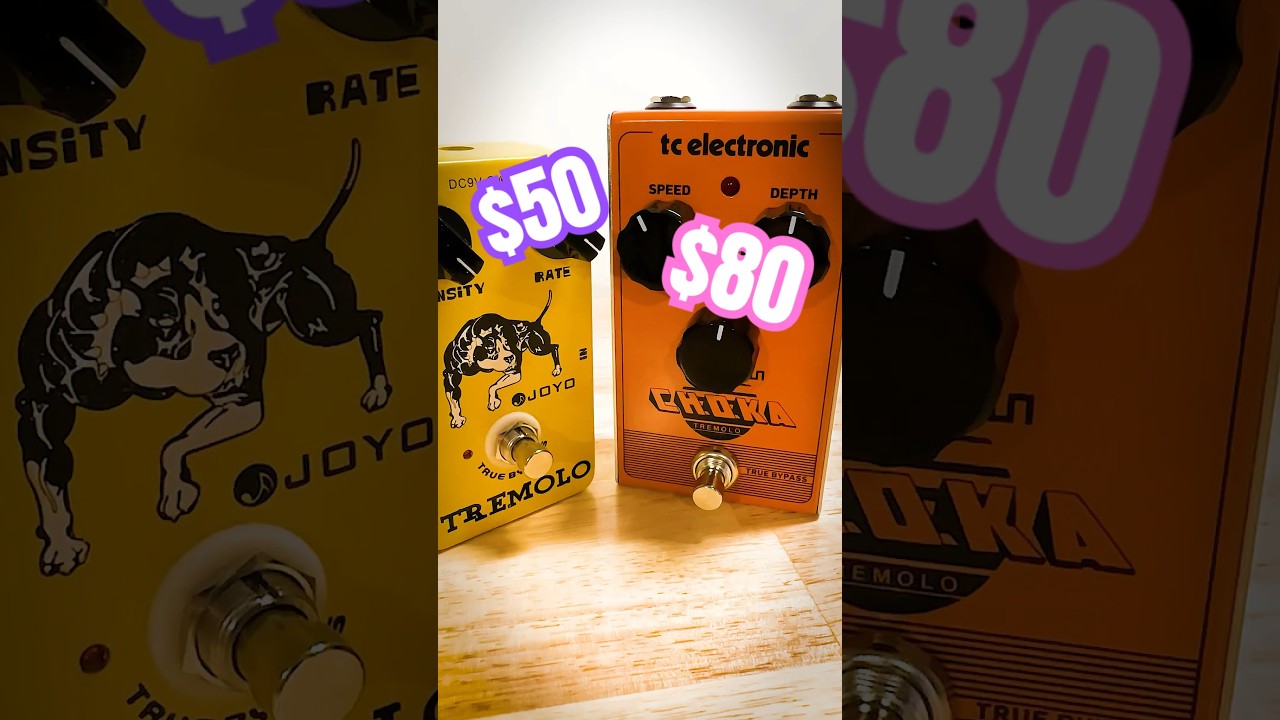Description
The Mooer MDV1 ECHOVERB Digital Delay & Reverb Pedal is currently retailing at £59 and it is in stock. Available to be delivered to you by post direct (some charge may apply).The team at Just Pedals think that Mooer nailed it with the Mooer MDV1 ECHOVERB Digital Delay & Reverb Pedal. Mooer MDV1 ECHOVERB Digital Delay & Reverb Pedal
